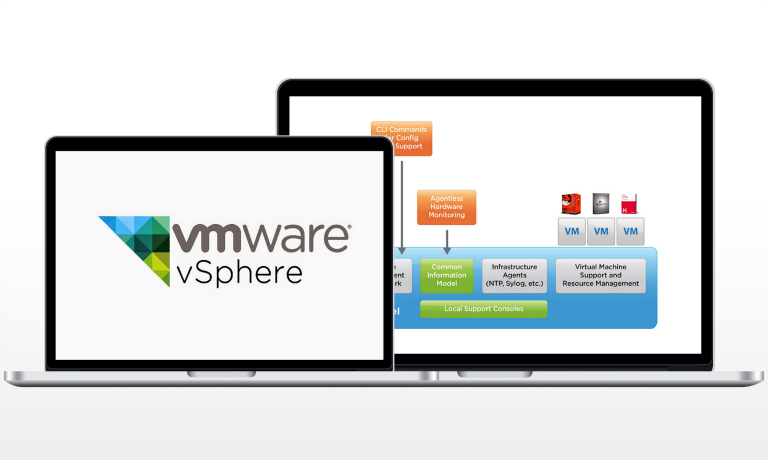

- #Best practices vmware esxi 5 update
- #Best practices vmware esxi 5 Patch
- #Best practices vmware esxi 5 windows 10
- #Best practices vmware esxi 5 software
- #Best practices vmware esxi 5 password
VMware Tools update ^įor VMware environments, you can use the VMware vSphere Update Manager (VUM), which can help you automate maintaining the up-to-date level of VMware Tools. If anything goes wrong, just quickly restore the VM from your latest backup.
#Best practices vmware esxi 5 Patch
If you back up your infrastructure on a daily basis, it's best to schedule the patch installation just after your daily backup job. Larger organizations can manage the patches with Group Policy Objects (GPOs) at a domain level. With Linux or Windows VMs, you can use automatic patch installation and schedule rebooting your server or desktop VMs outside of business hours. When running hundreds or thousands of VMs within your environment, you'll have more work, but it is a necessity. This best practice does not differ from traditional physical environments. It is however a paid add-on option necessary for setting up VM encryption and virtual disk encryption within your environment. To use virtual disk encryption, you'll need to set up a key management server (KMS) cluster, which VMware does not provide, but many third-party partners do. It applies a per-VM (and per-virtual disk) encryption policy. You can encrypt only certain virtual disks or all VM disks. Later, you can also add disks and set their encryption policies. You can create an encrypted VM from the vSphere Web Client. You can apply virtual disk encryption at the virtual infrastructure level to protect your VMDKs and prevent the data from being copied and extracted. Then navigate to Computer Configuration > Administrative Templates > System > Device Guard > Turn on Virtualization Based Security. You can use a shortcut by typing "gpedit.msc" from a command prompt. You'll need to open the local group policy editor. Once you've done this, turn on VBS inside of the Windows OS by editing the group policy and choose other VBS-related security options. First, you must enable the feature at the VM level. VMware vSphere 6.7 introduced VBS, which you can enable via the vSphere client.
#Best practices vmware esxi 5 windows 10
Remember, you'll need to create a VM that uses hardware version 14 or later and have Windows Server 2016, 2019, or Windows 10 as an OS.
#Best practices vmware esxi 5 password
It uses the underlying hypervisor to create this virtual secure mode, so as such, it enforces restrictions that protect system and OS resources and local user login password credentials.Īnother post on 4sysops details VBS in VMware vSphere environments. It also uses hardware virtualization features to create and isolate a secure region of memory from the OS.

#Best practices vmware esxi 5 software
VBS uses hardware and software virtualization to enhance Windows system security by creating an isolated, hypervisor-restricted, specialized subsystem. You cannot protect Linux servers or VMs with another OS. Virtualization-based security (VBS) is a feature of the Windows 10 and Windows Server 2016 OSes. You should also configure a firewall rule to restrict access to the host and thus limit the traffic that can reach your ESXi hosts (for example, by excluding all other networks).

If you cannot restore the connection to the vCenter Server, the only way to reconnect with your host is via reinstallation. If the connection to the vCenter Server is lost and the vSphere Web Client is no longer available, the ESXi host becomes unavailable (with the exception that the ESXi Shell and SSH services are enabled and exception users are defined). In this case, before activating, you must define privileged accounts that can log into the ESXi host's DCUI and exit the lockdown mode. Imagine that you activate the strict lockdown mode and your vSphere Web Client loses its connection. This lets you still log into your ESXi host if the connection to the vCenter Server is lost. You might only want to enable the normal lockdown mode, which does not stop the DCUI service. Via lockdown mode, you can specify whether to enable the direct console user interface (DCUI) or not and whether is it possible to log in directly to your host or only via the vCenter Server. VMware ESXi has a special mode called "lockdown mode" that can help secure the ESXi host access levels by limiting access and restricting remote login capability.


 0 kommentar(er)
0 kommentar(er)
